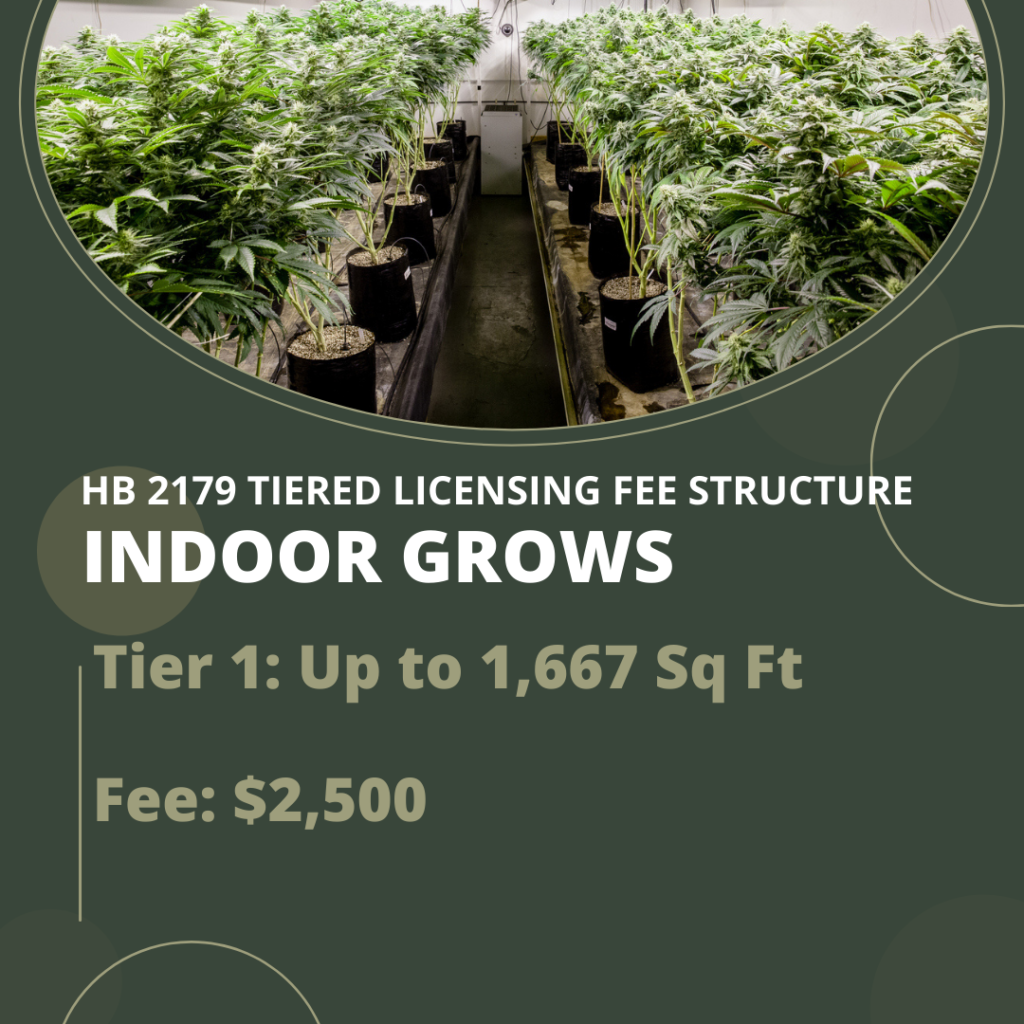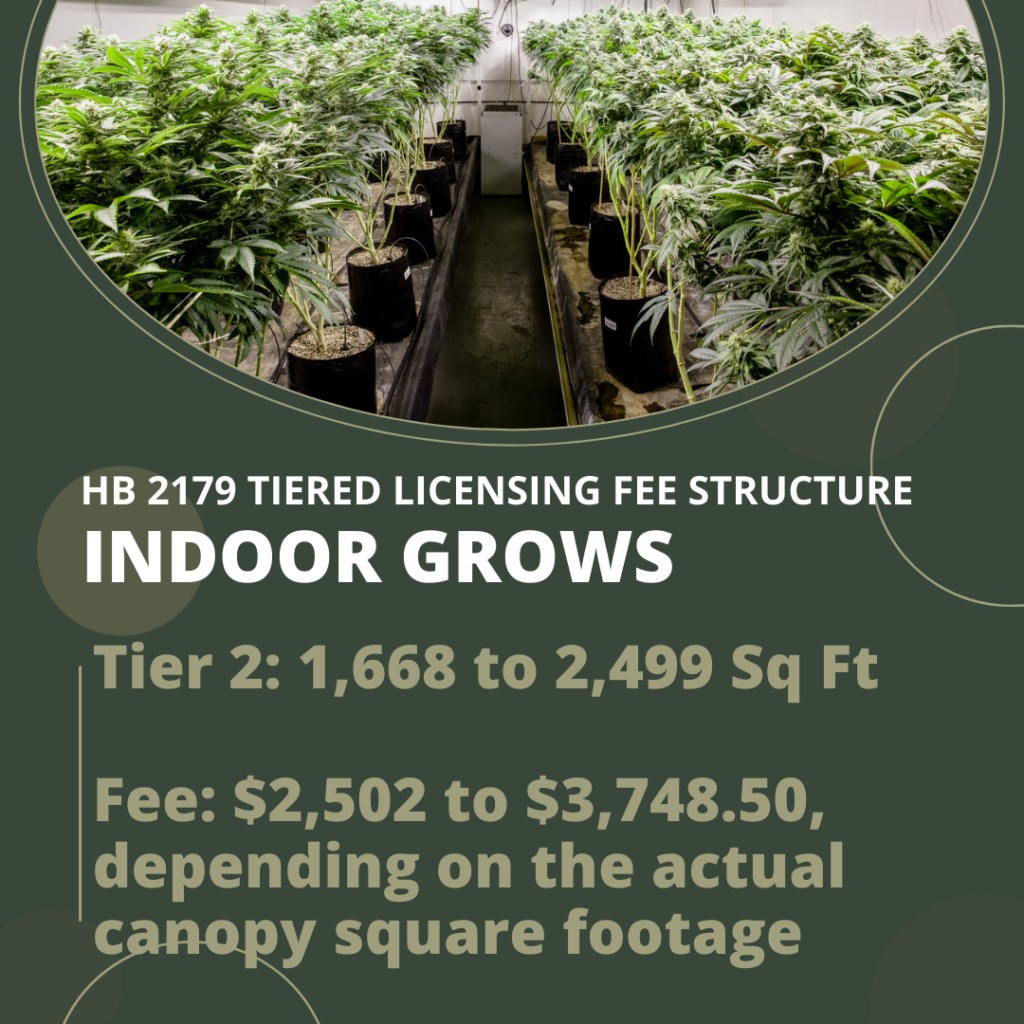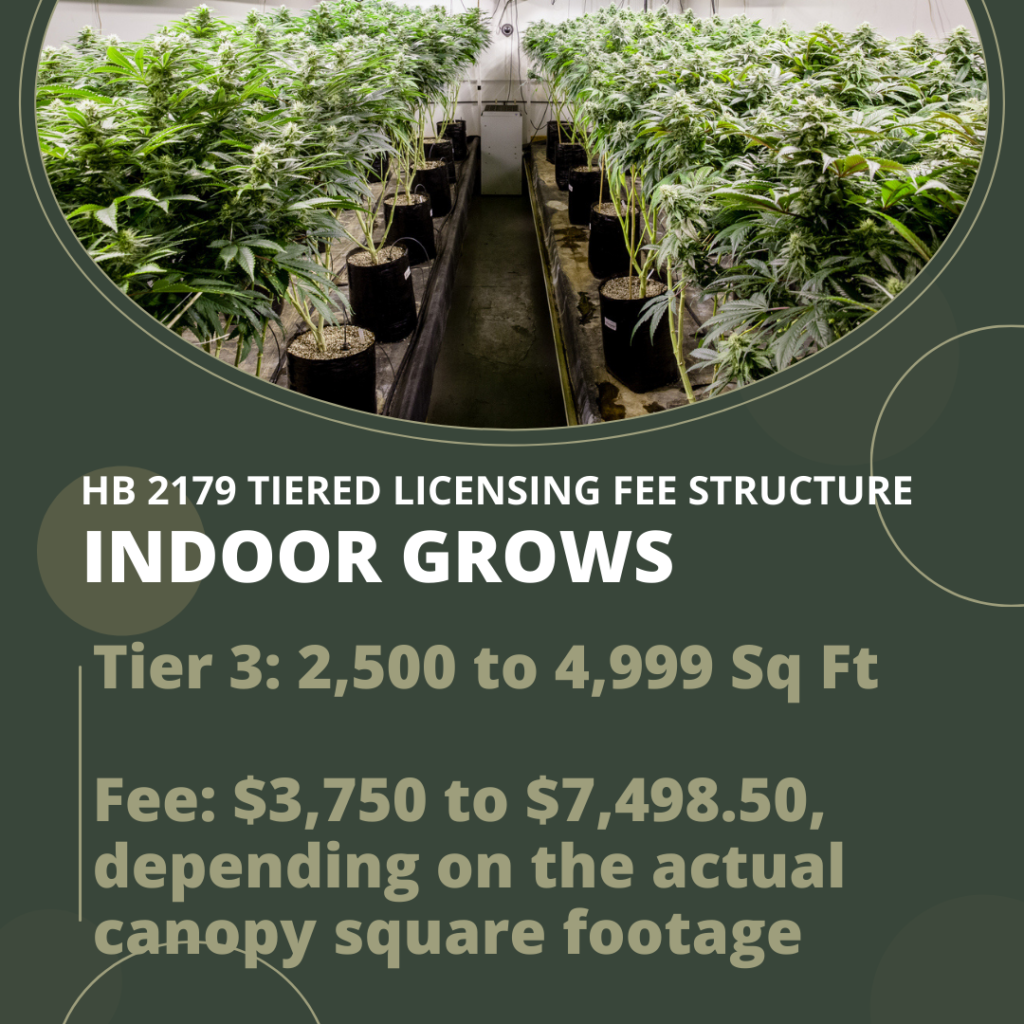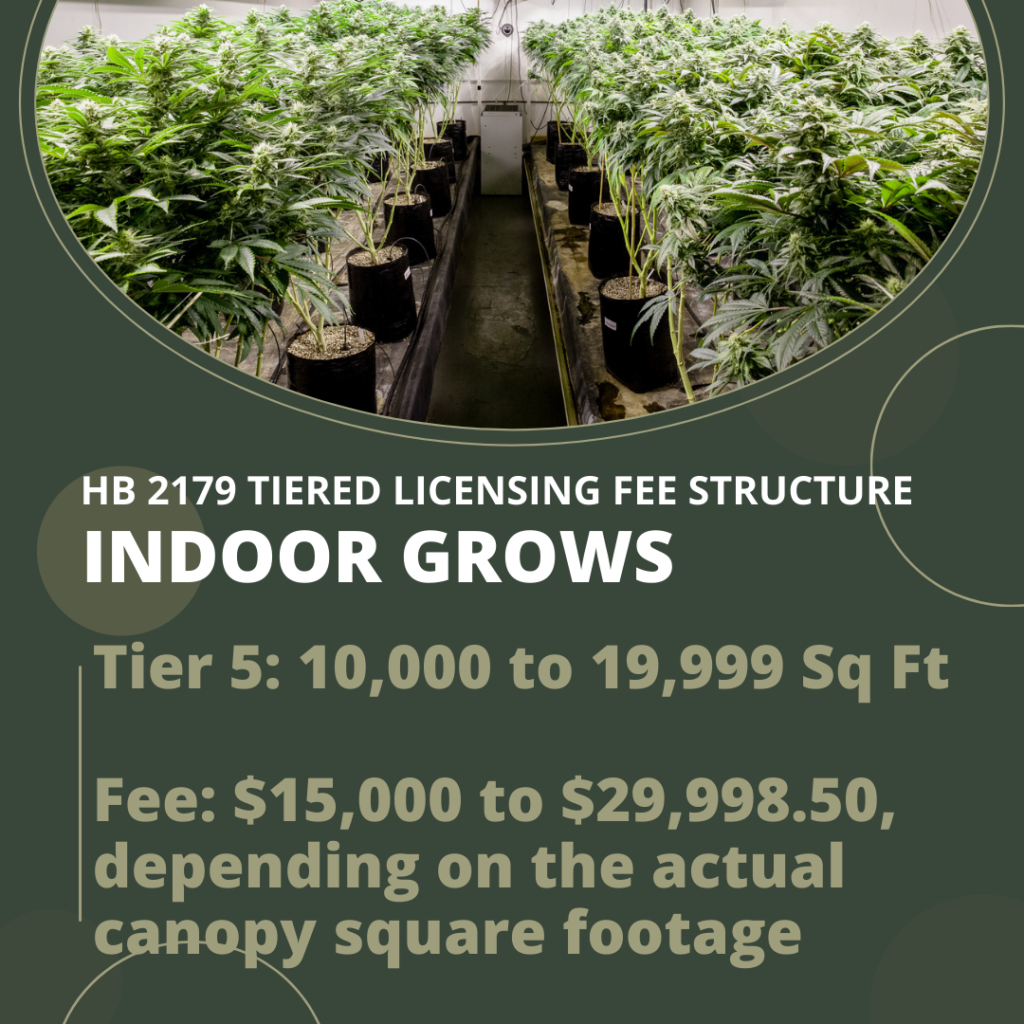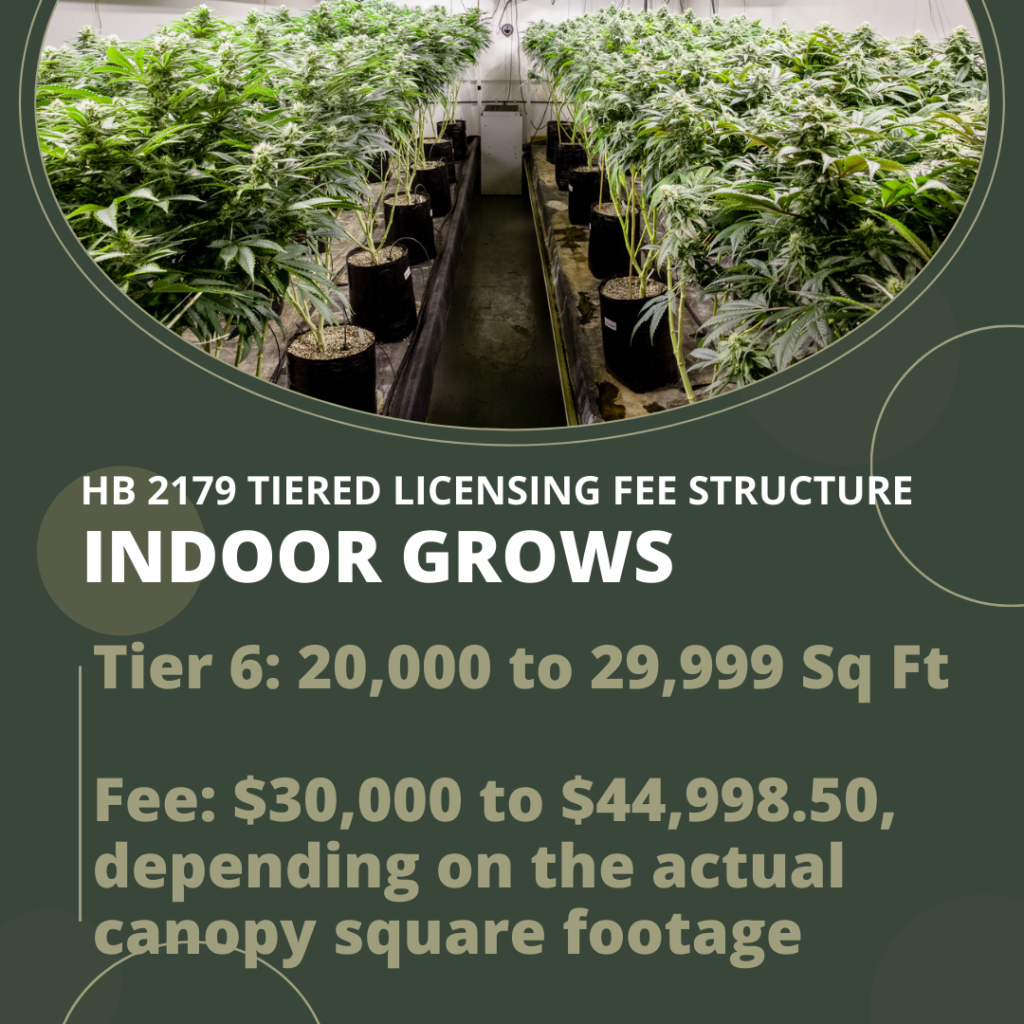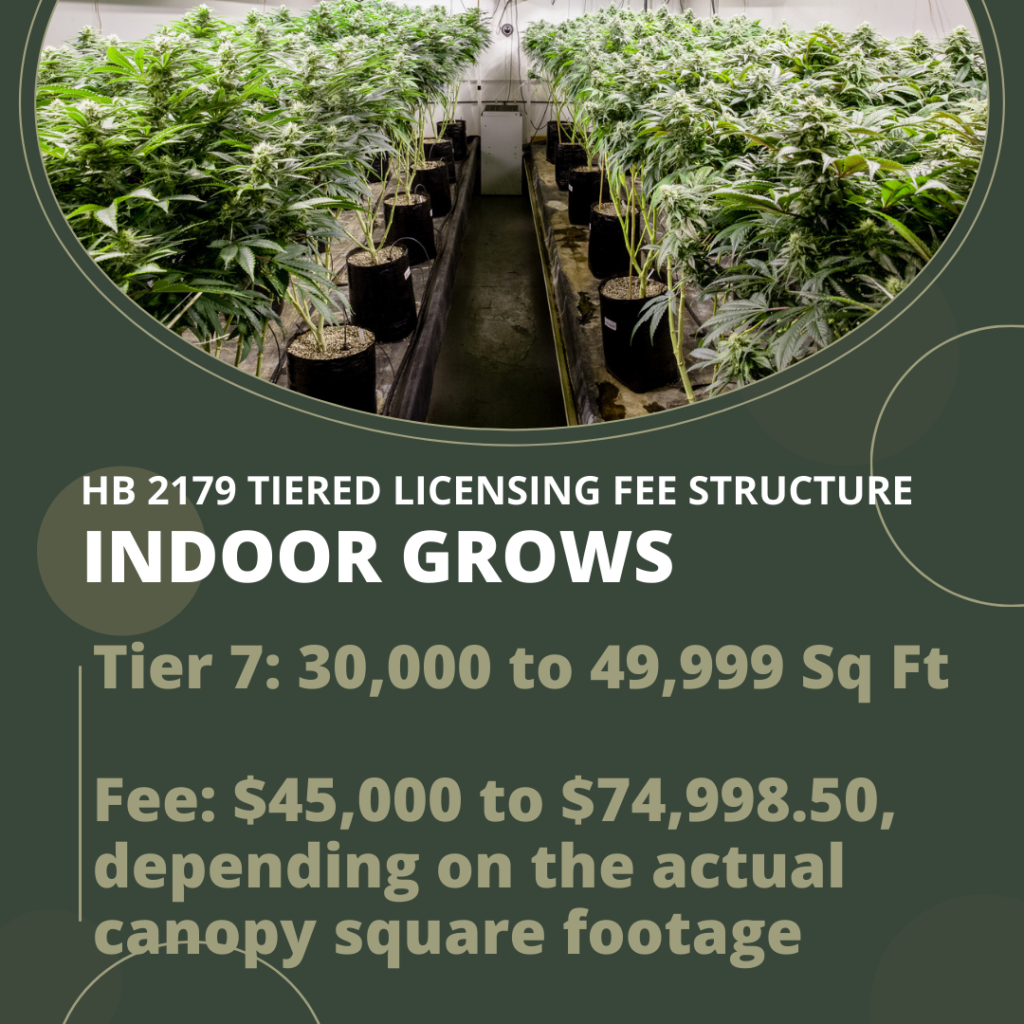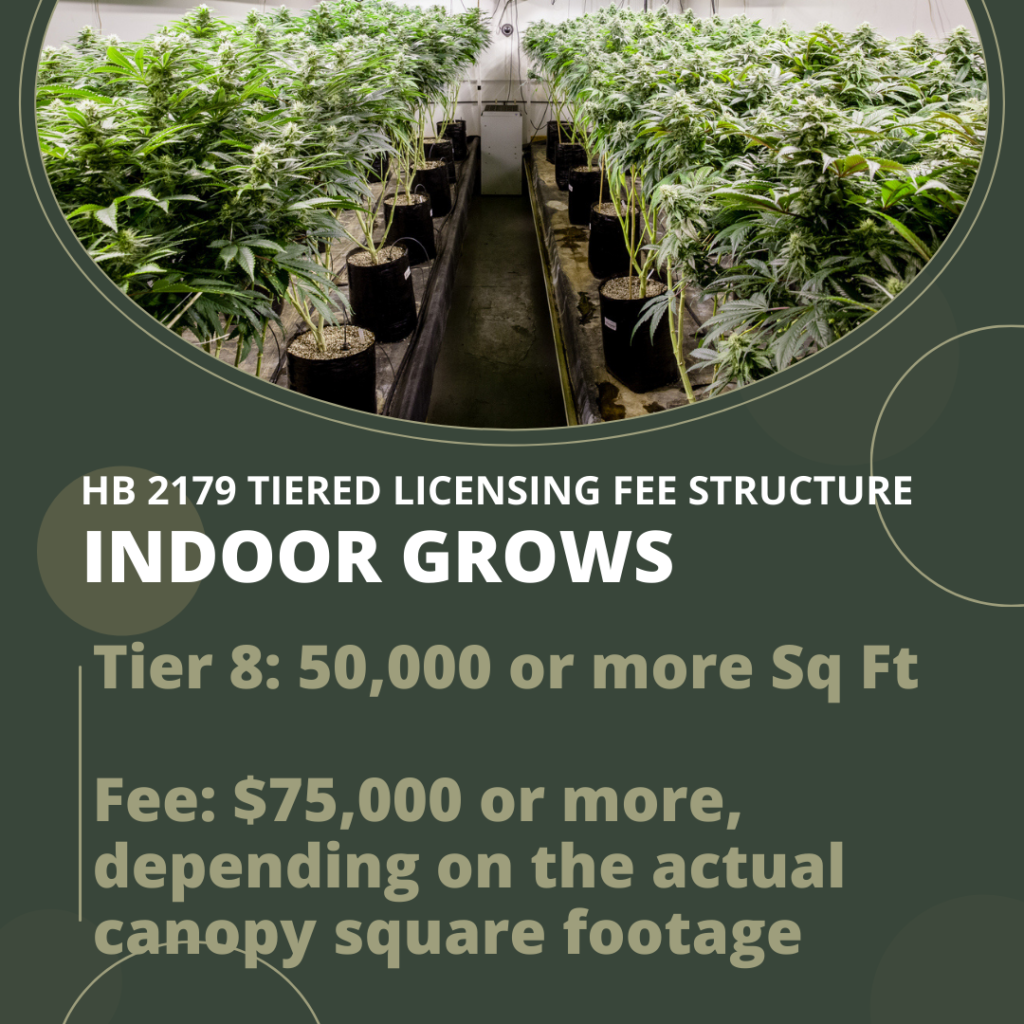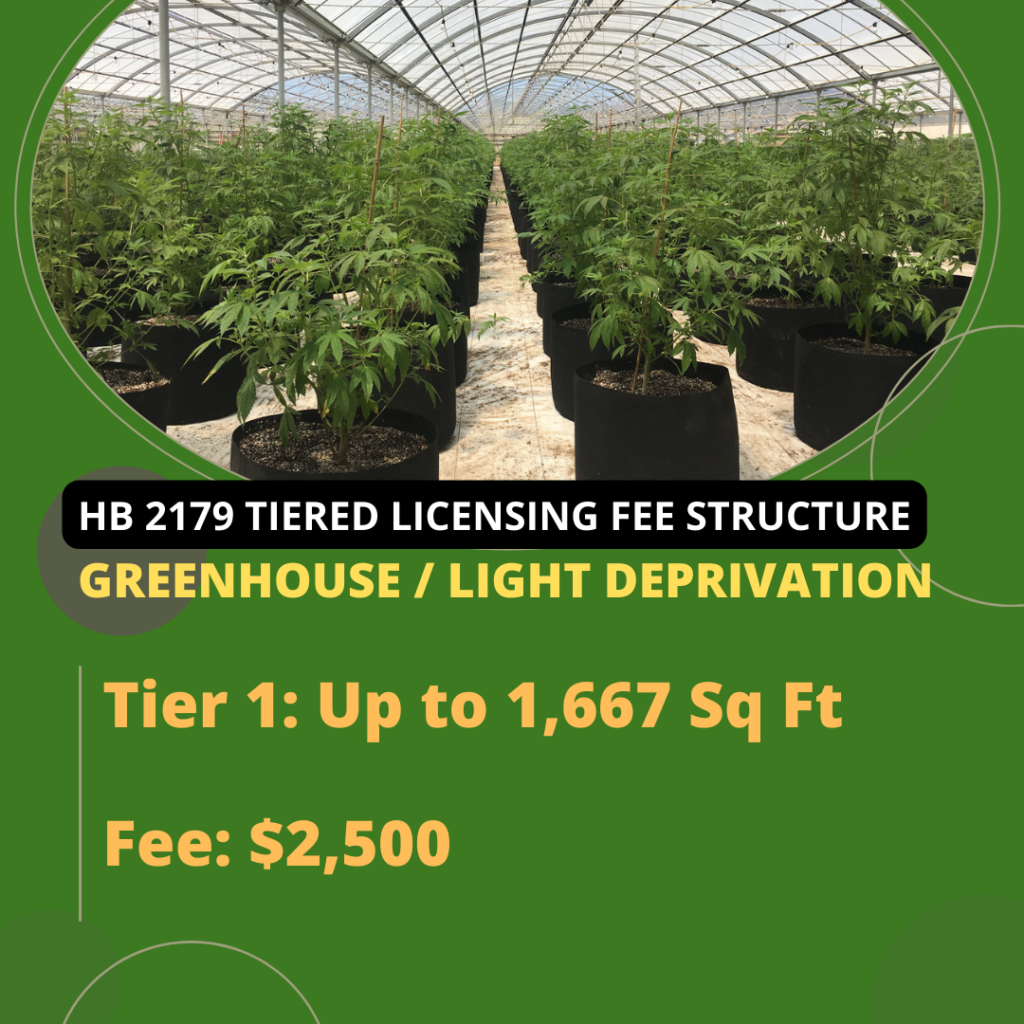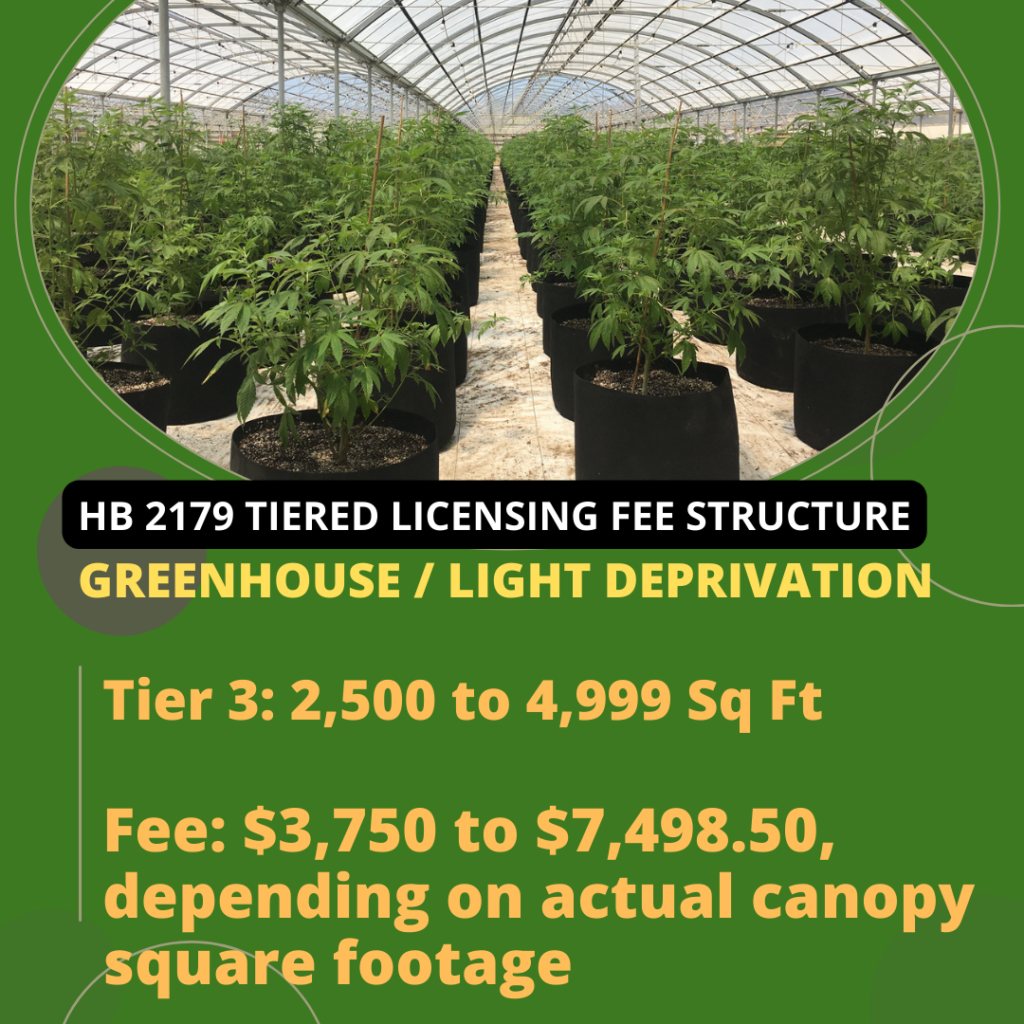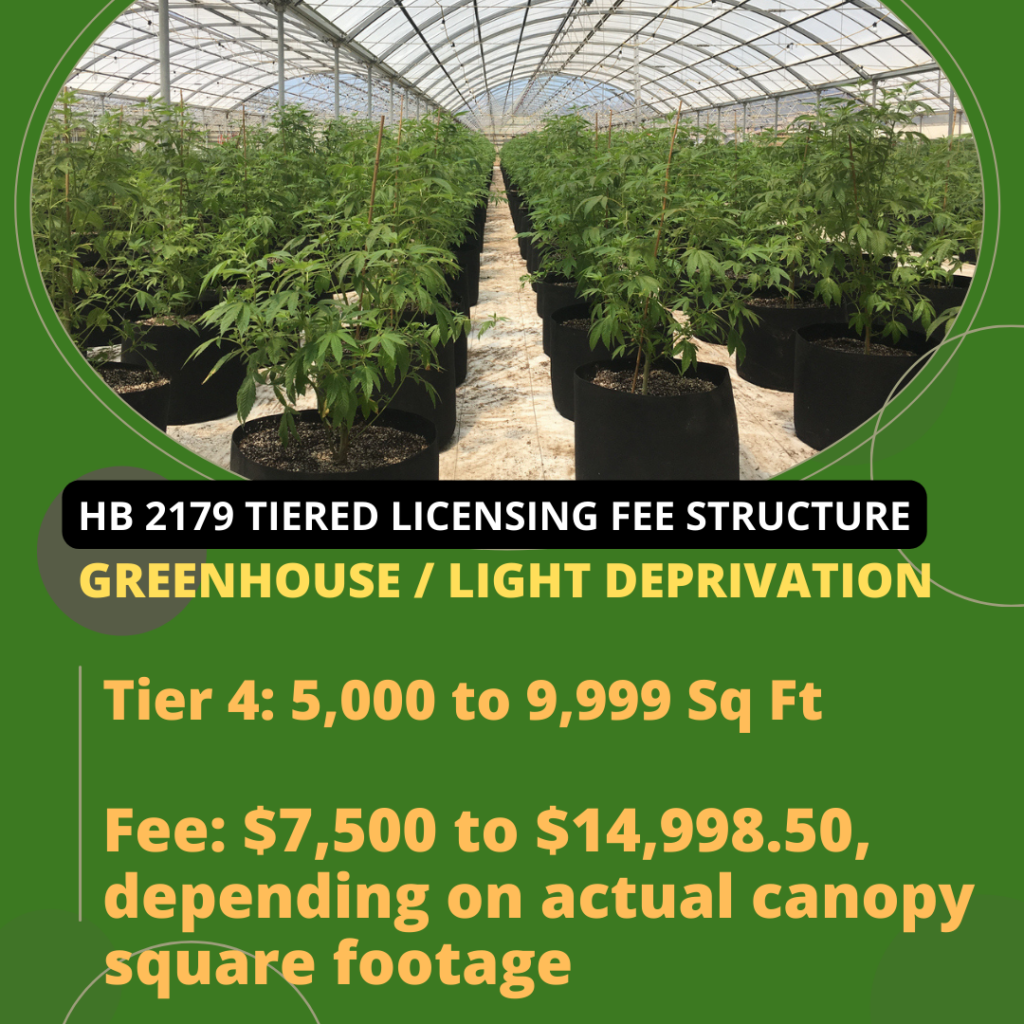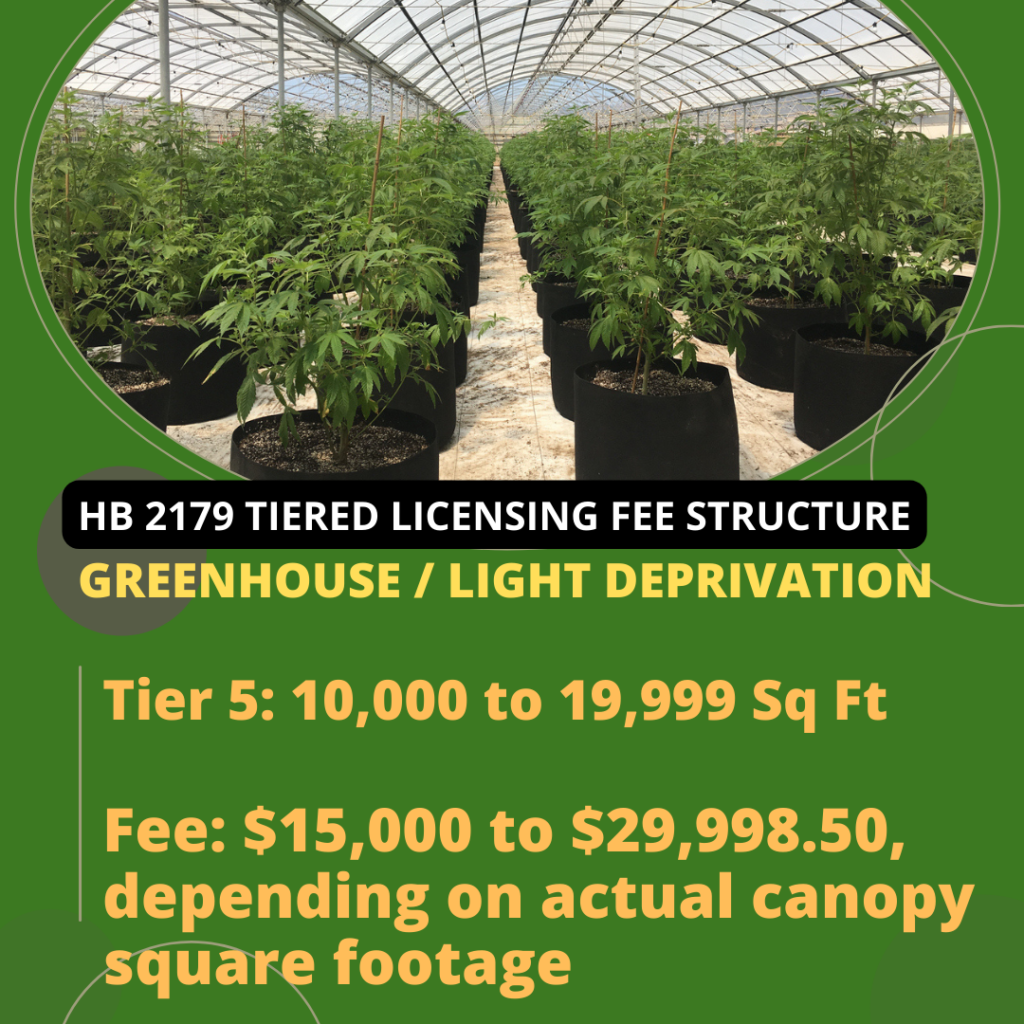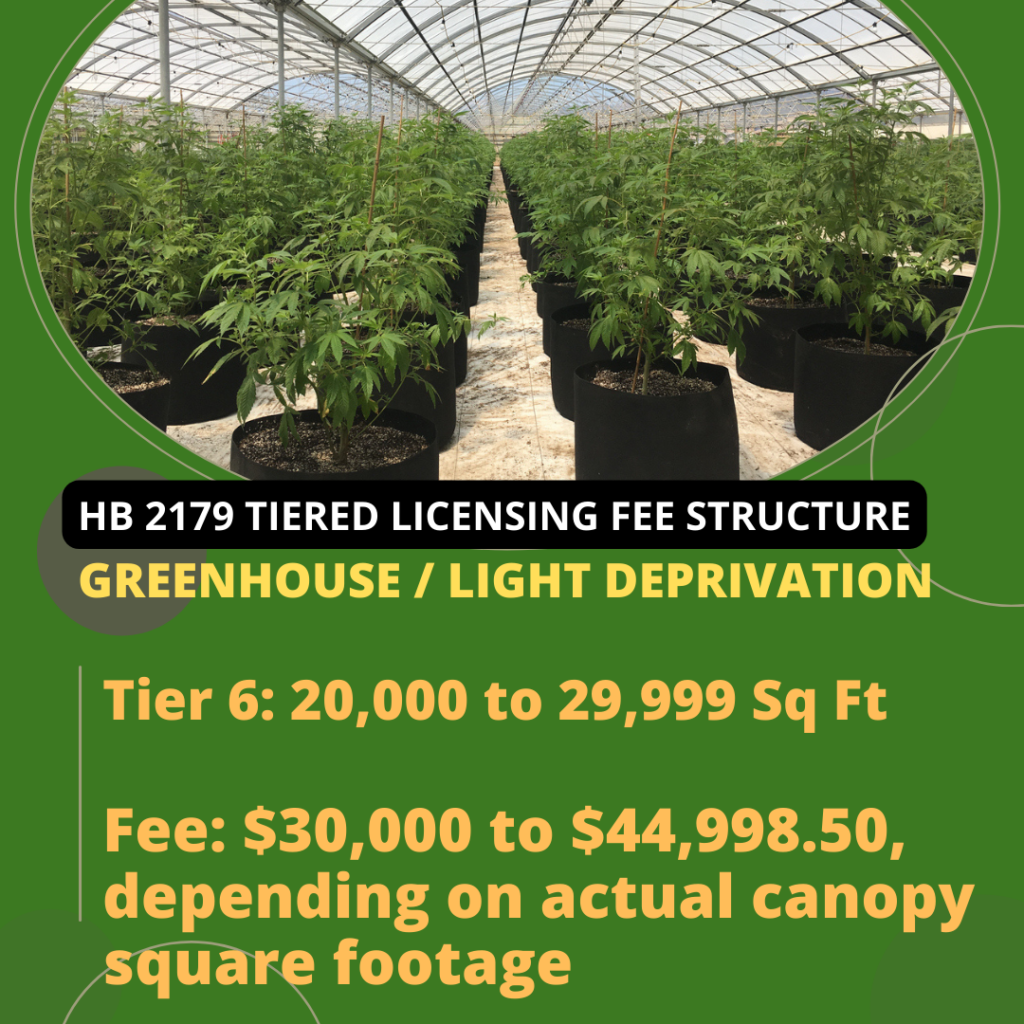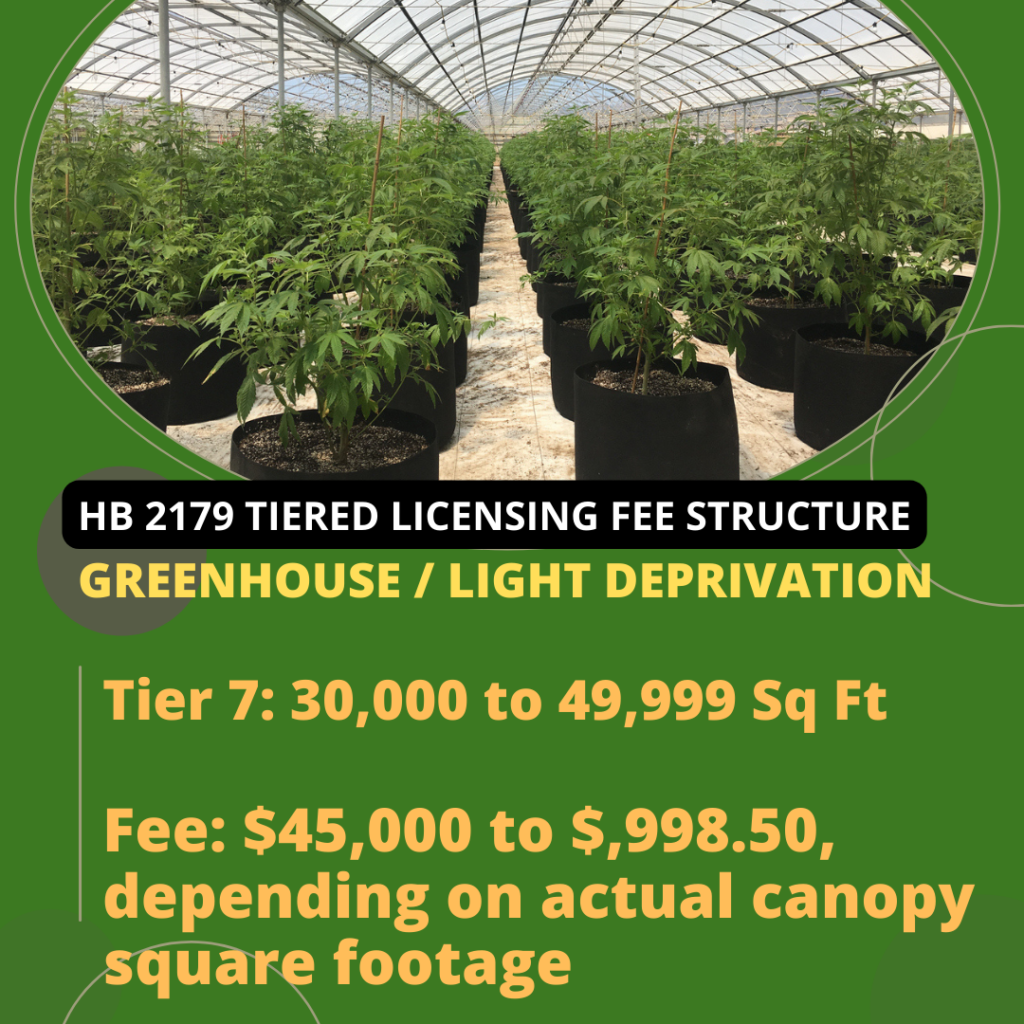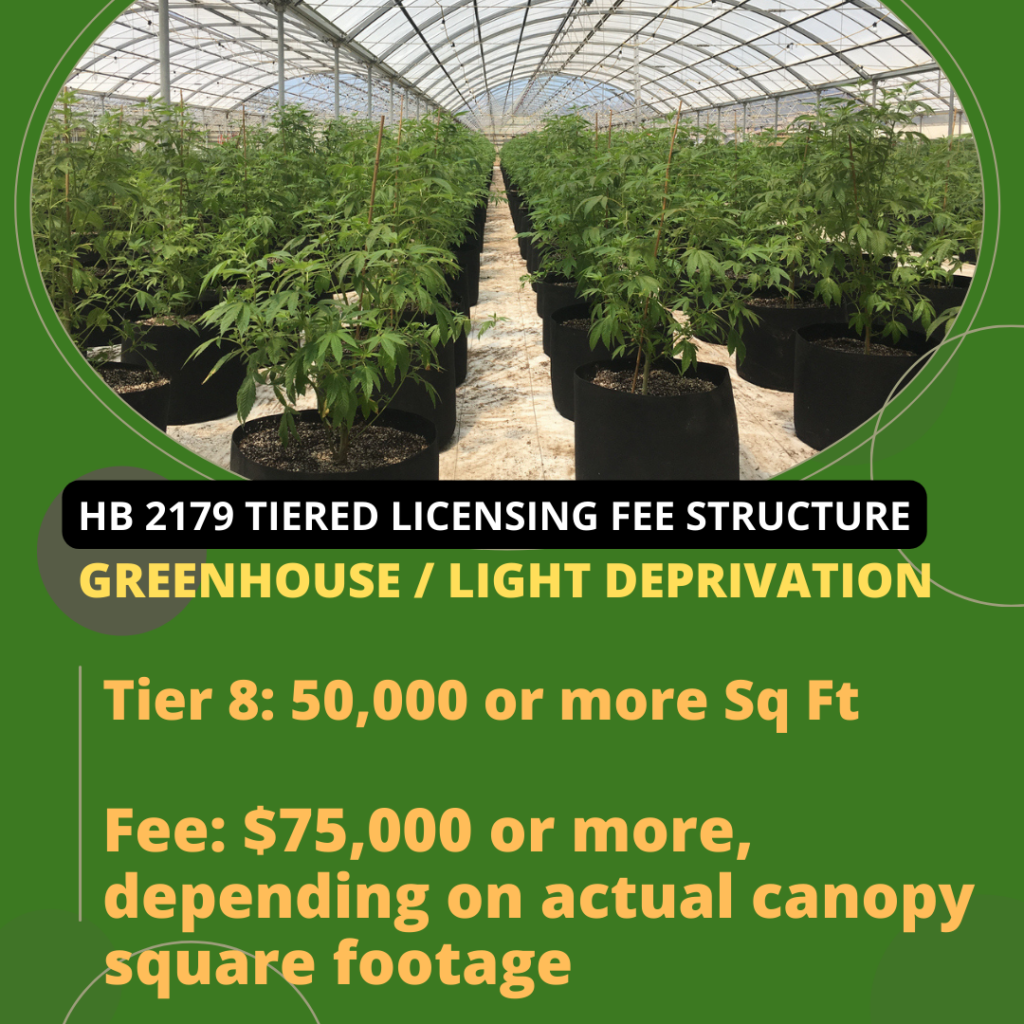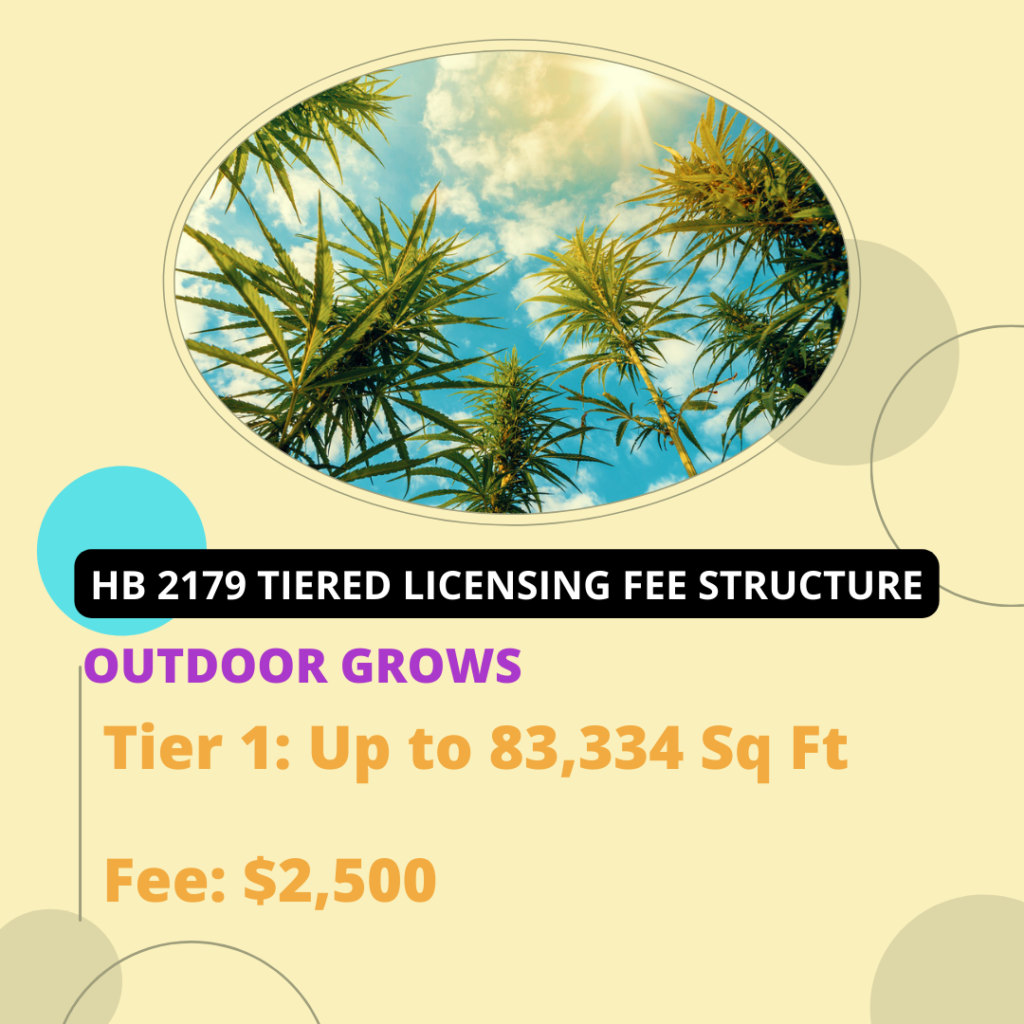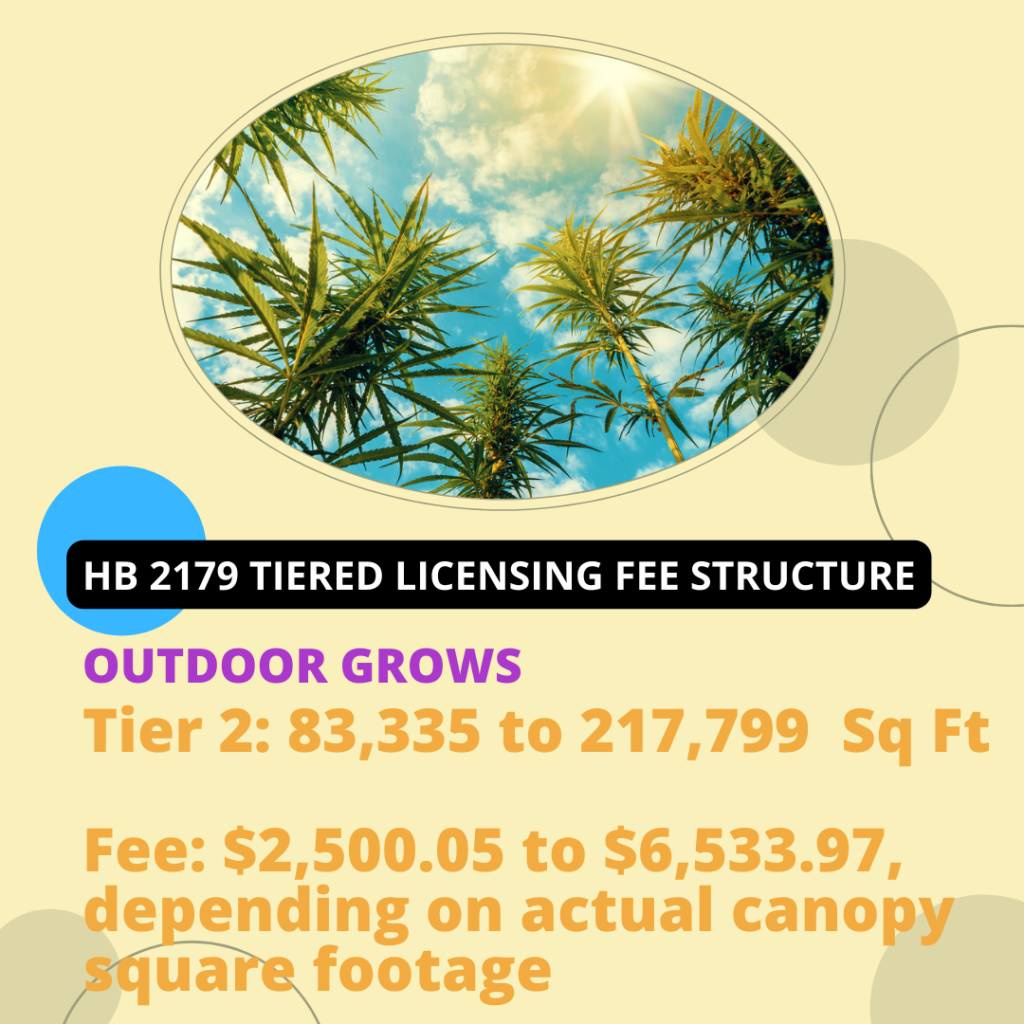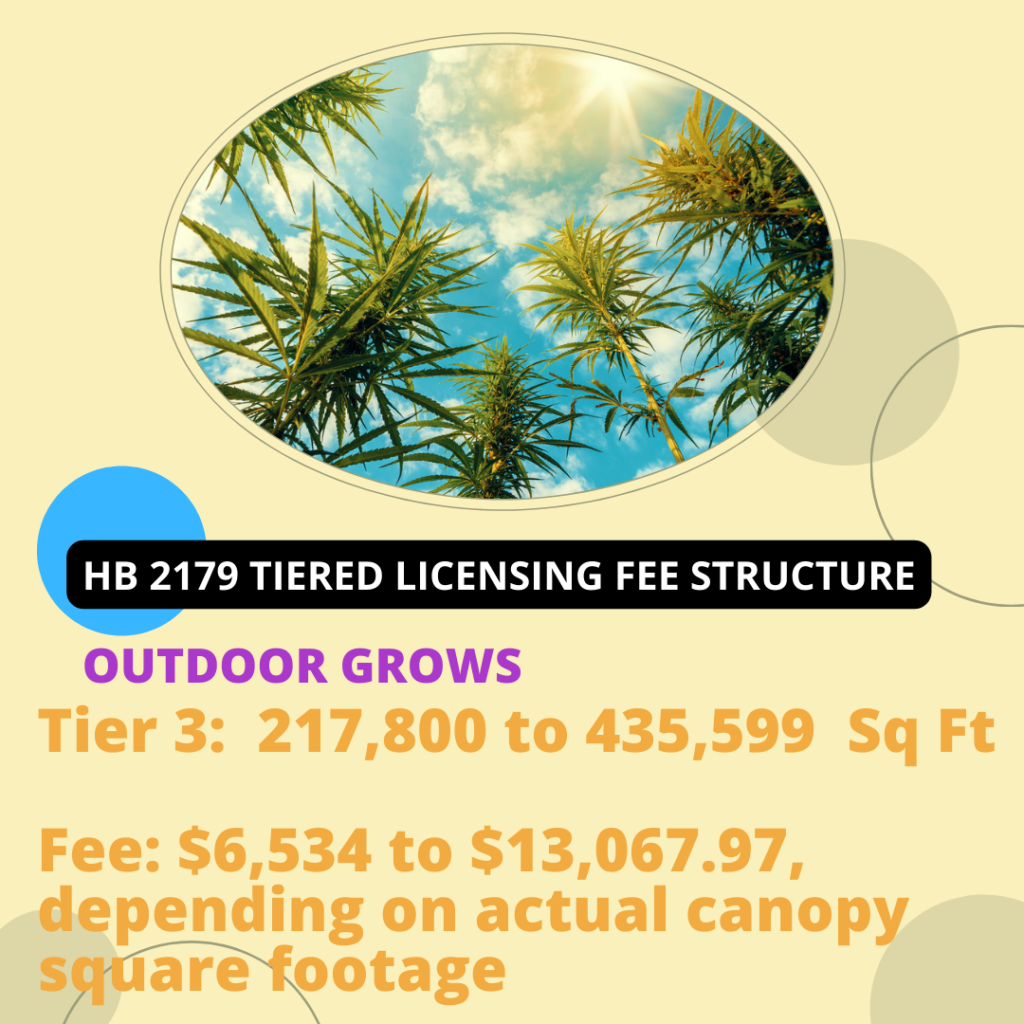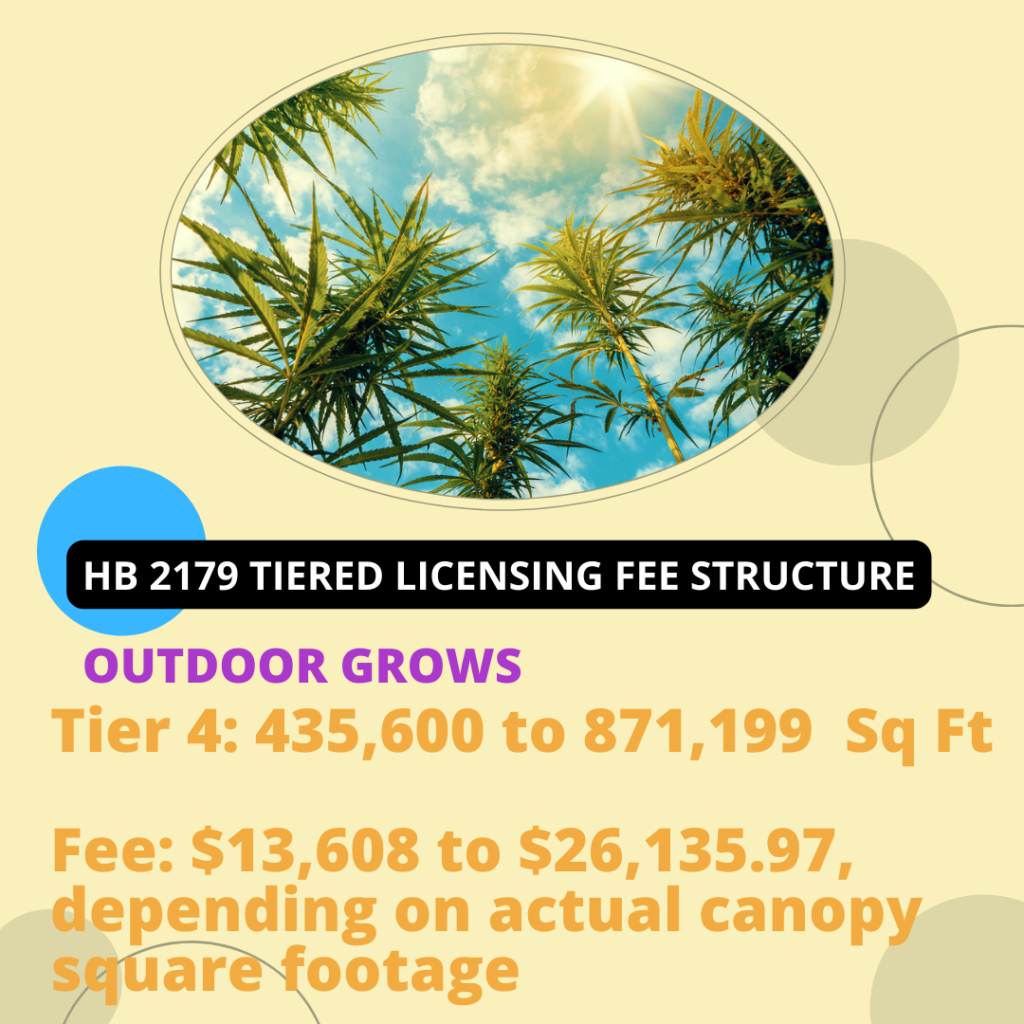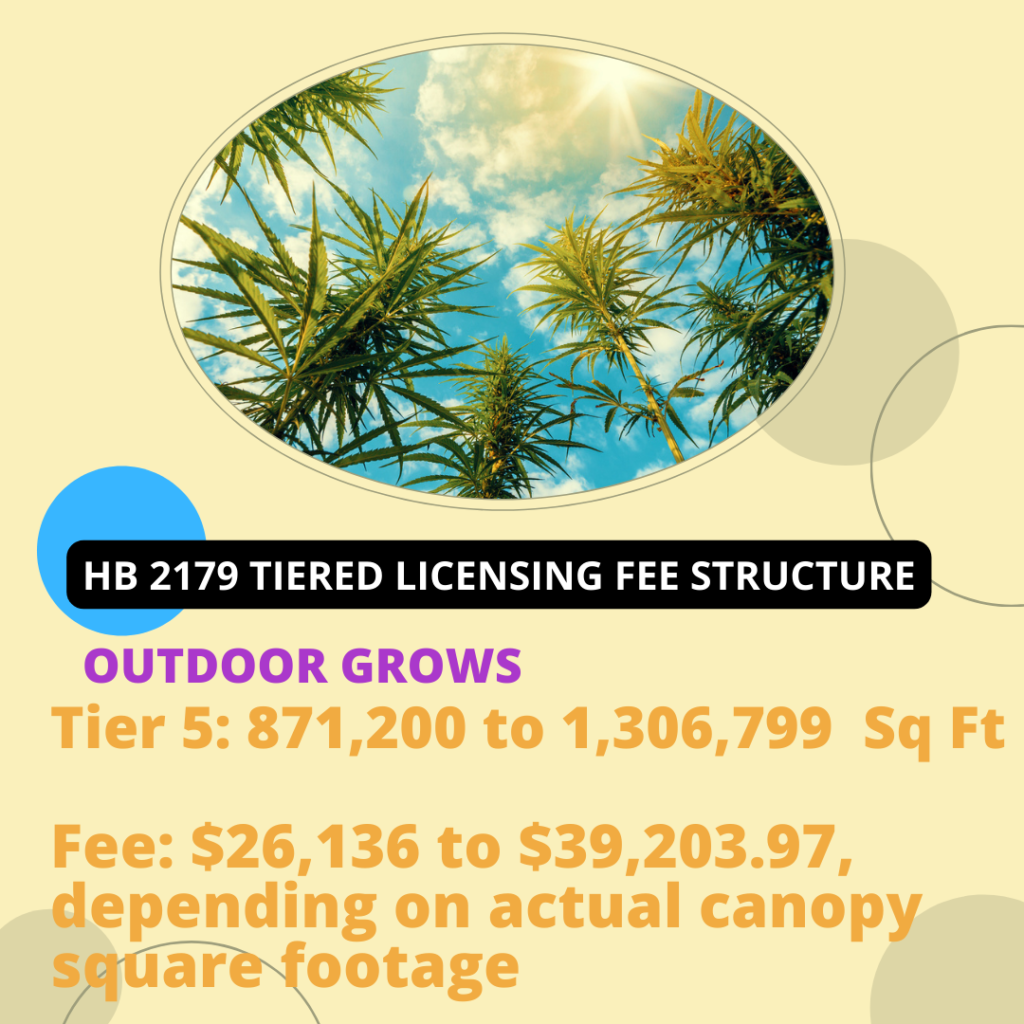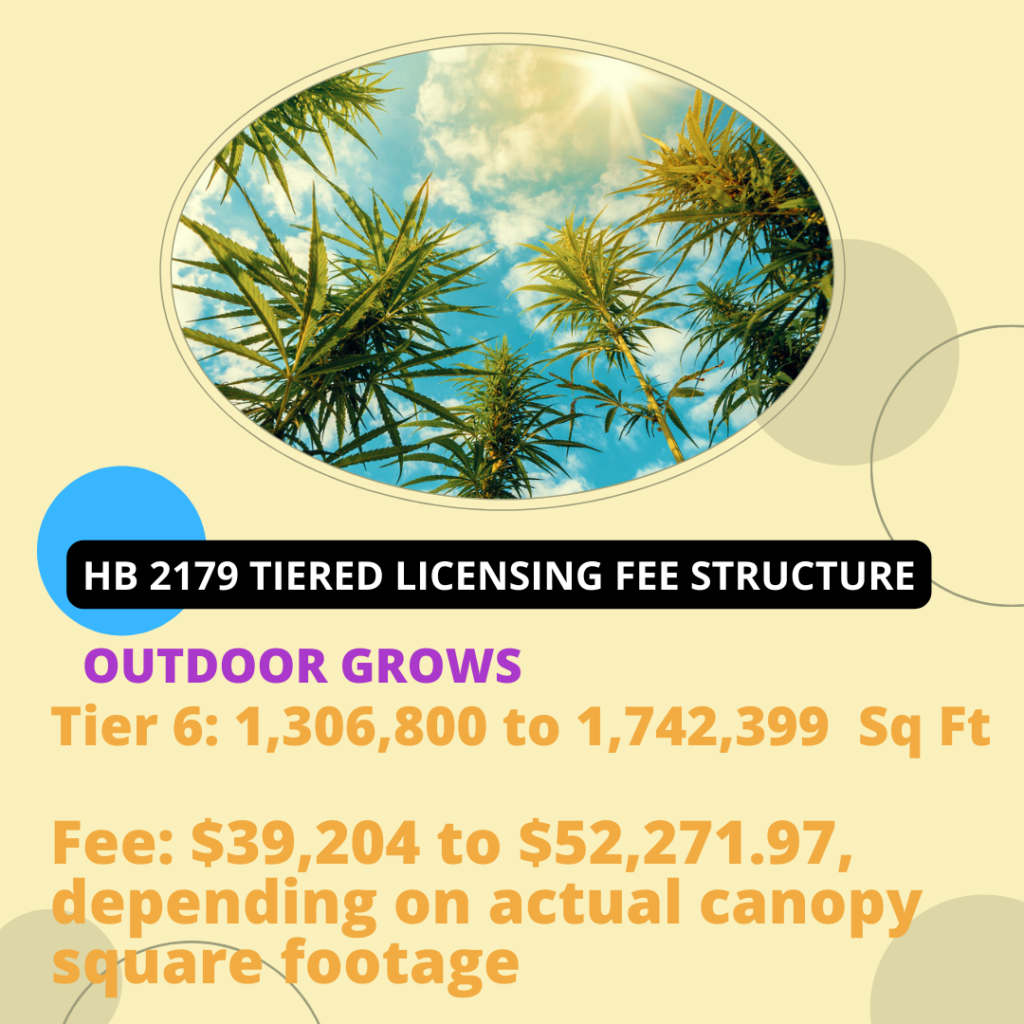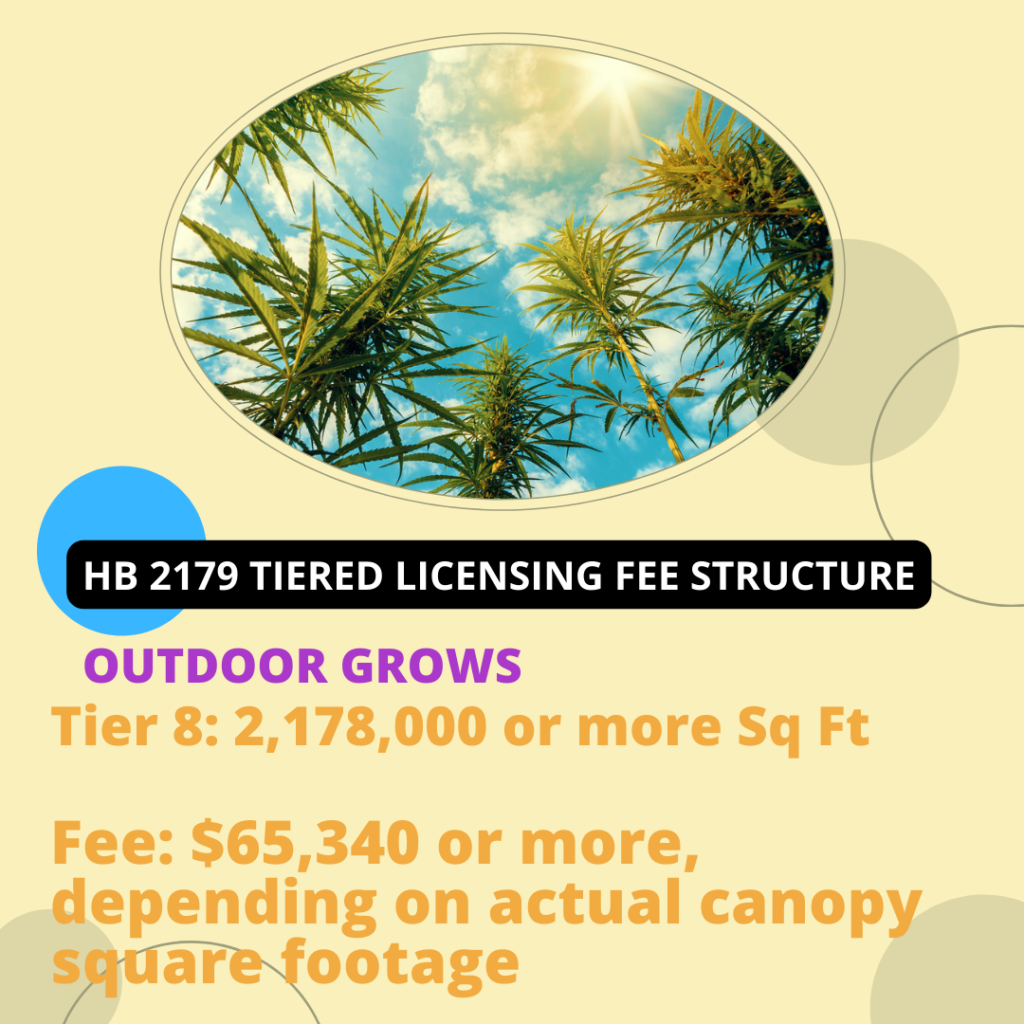OMMA Legal Update - April 2022
Oklahoma Gov. Kevin Stitt signed a bill on March 30th restricting how close medical marijuana growers can be to a public or private school as found in SB 1511. With the signing of SB 1511, Oklahoma medical marijuana farms may not be located within 1,000 feet of a public or private school. The distance is measured from the nearest property line of the school to the nearest property line of the grower’s licensed premises. Redundantly, the new law states that the marijuana farm may not adjoin or be on school property.
Grandfather Clause
The new law does not apply to medical marijuana growers licensed before the law went into effect.
OTHER EXCEPTIONS
School property that is not being used for classroom instruction on core curriculum does not count as school property unless that property is on the same campus as a building used for classroom instruction. For example, a school administrative building located off campus would not qualify as a school.
An Oklahoma bill to categorize marijuana grower licenses into tiers has gained traction in the State House. If passed into law, it will significantly raise the cost of grower license fees.
If HB 2179 is passed into law, grower license application fees will be based on canopy space.
“Canopy” Defined
The bill defines “canopy,” Oklahoma medical marijuana attorney Stephen Cale said. Here’s what it entails.
“Canopy” means the total surface area within a cultivation area that is dedicated to the cultivation of flowering marijuana plants.
The surface area of the canopy must be calculated in square feet.
The canopy must include all of the area within the boundaries where the cultivation of the flowering marijuana plants occurs.
If the surface of the plant canopy consists of noncontiguous areas, each component area must be separated by identifiable boundaries.
If a tiered or shelving system is used in the cultivation area, the surface area of each tier or shelf must be included in calculating the area of the plant canopy.
If the flowering plants are vertically grown in cylinders, the square footage of the canopy must be calculated by the circumference of the cylinder times the total length of the cylinder.
Indoor Grow - Outdoor Grow - Greenhouse/Light Dep
Except for Tier 1, the license fees for tiers will be calculated at $1.50 per square foot of canopy space. For example, the license fee for a 2,000-square-foot canopy will be $3,000 ($1.50 x 2,000). Here’s a breakdown of the tiers for indoor medical marijuana growers.
The tiers for greenhouse / light deprivation grows are similar to indoor grows. Except for Tier 1, the license fees for these tiers will be calculated at $1.50 per square foot of canopy space.
“Greenhouse” is defined as ” a structure located outdoors that is completely covered by a material that allows a controlled level of light transmission.”
“Light deprivation” a structure that has concrete floors and the ability to manipulate natural light.
Except for Tier 1, the license fees for outdoor grow tiers will be calculated at three cents per square foot of canopy space.
Commercial Grow Filing Fees
GROWS THAT PRODUCE CLONES
In its current form in mid-March, HB2179 sets a license fee of $2,500 for grows that produce clones for retail sale from non-flowering plants. It’s unclear whether this is an exception to fees based on canopy space, or whether it is in addition to the tiered license fee.
WHAT’S NEXT?
The bill may undergo more revisions and will be considered by the Senate this legislative session. The Legislature adjourns on or before 5:00 p.m. May 27, 2022.





